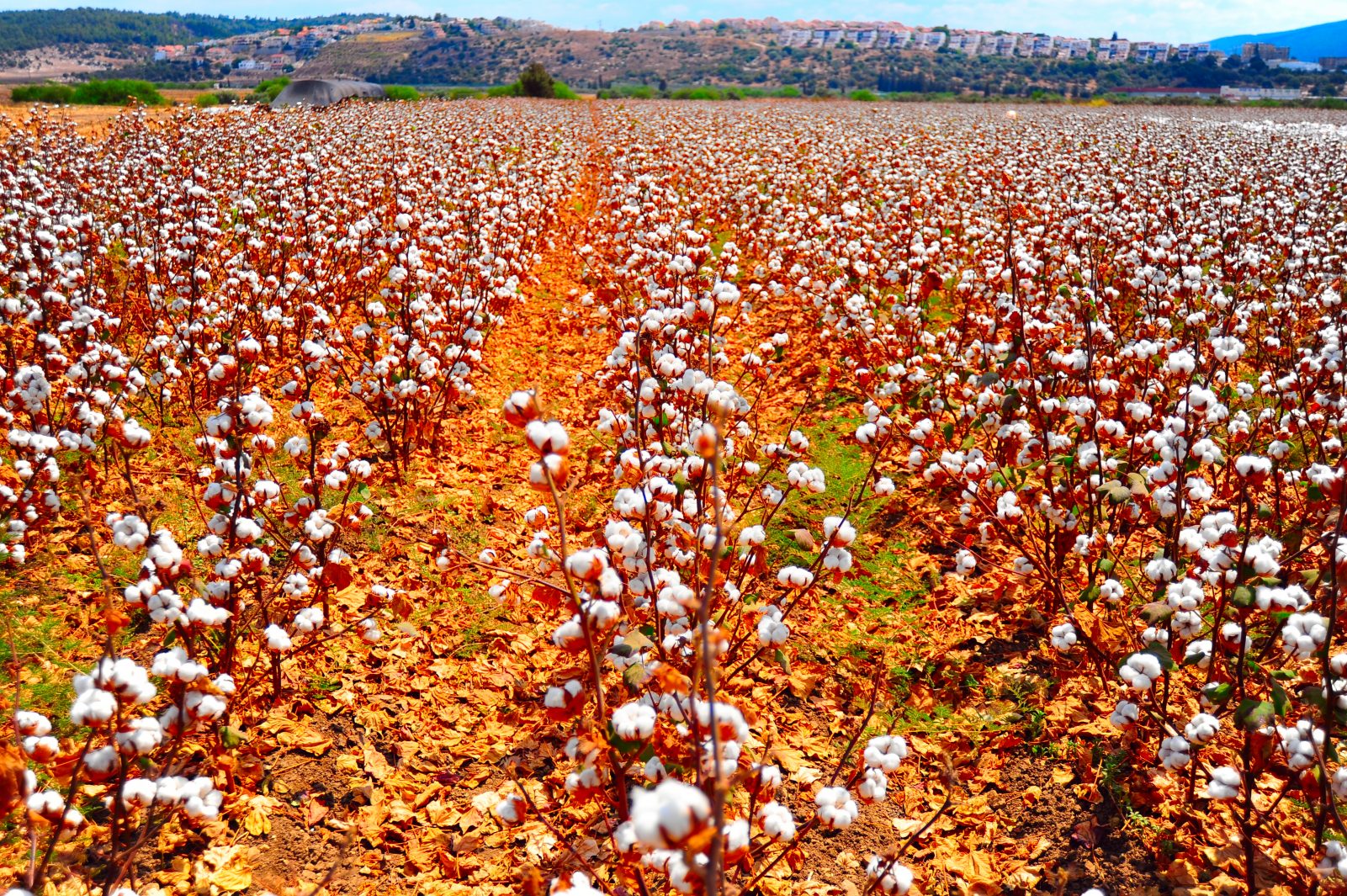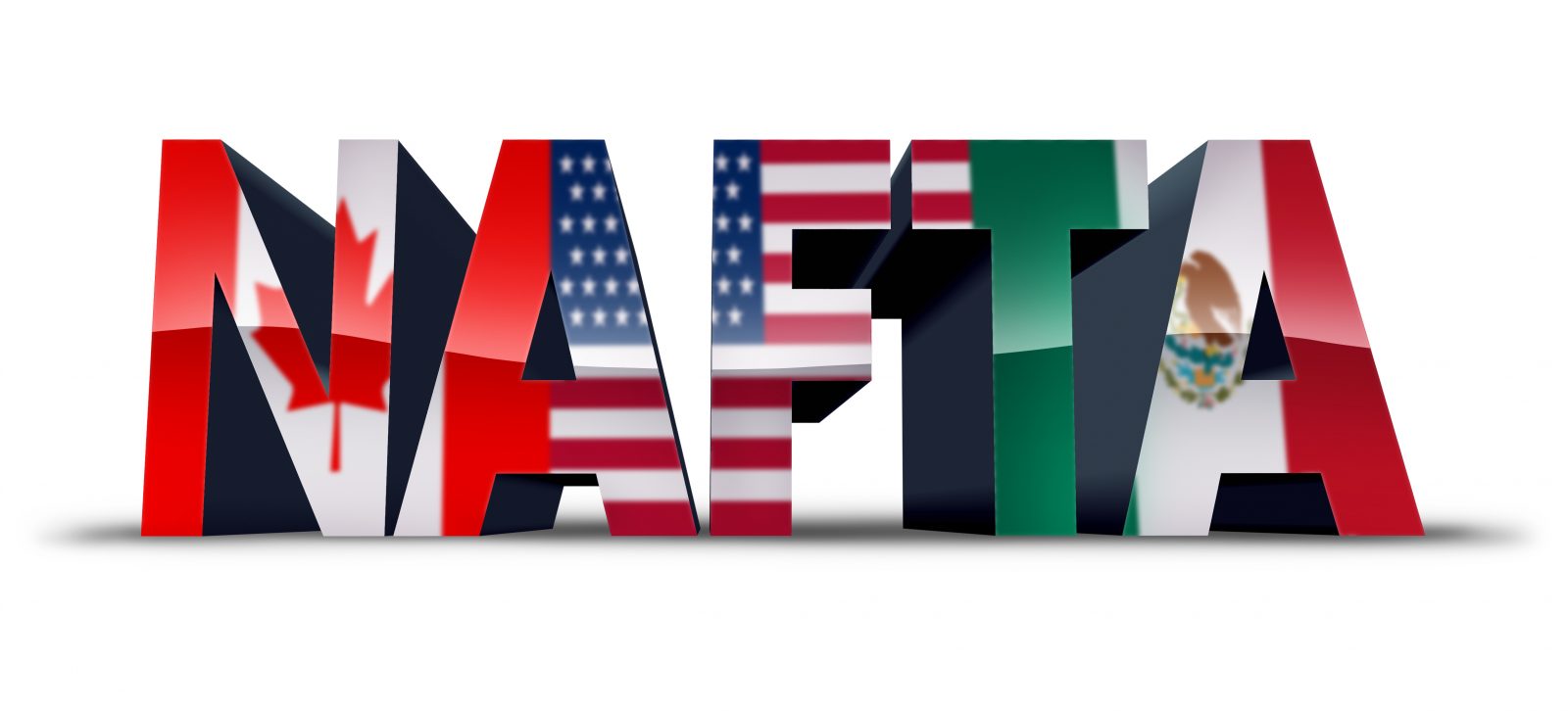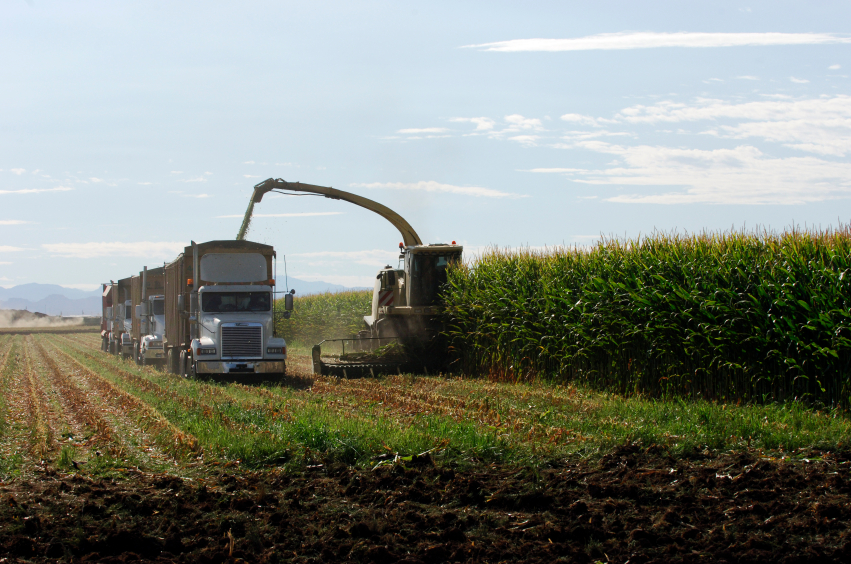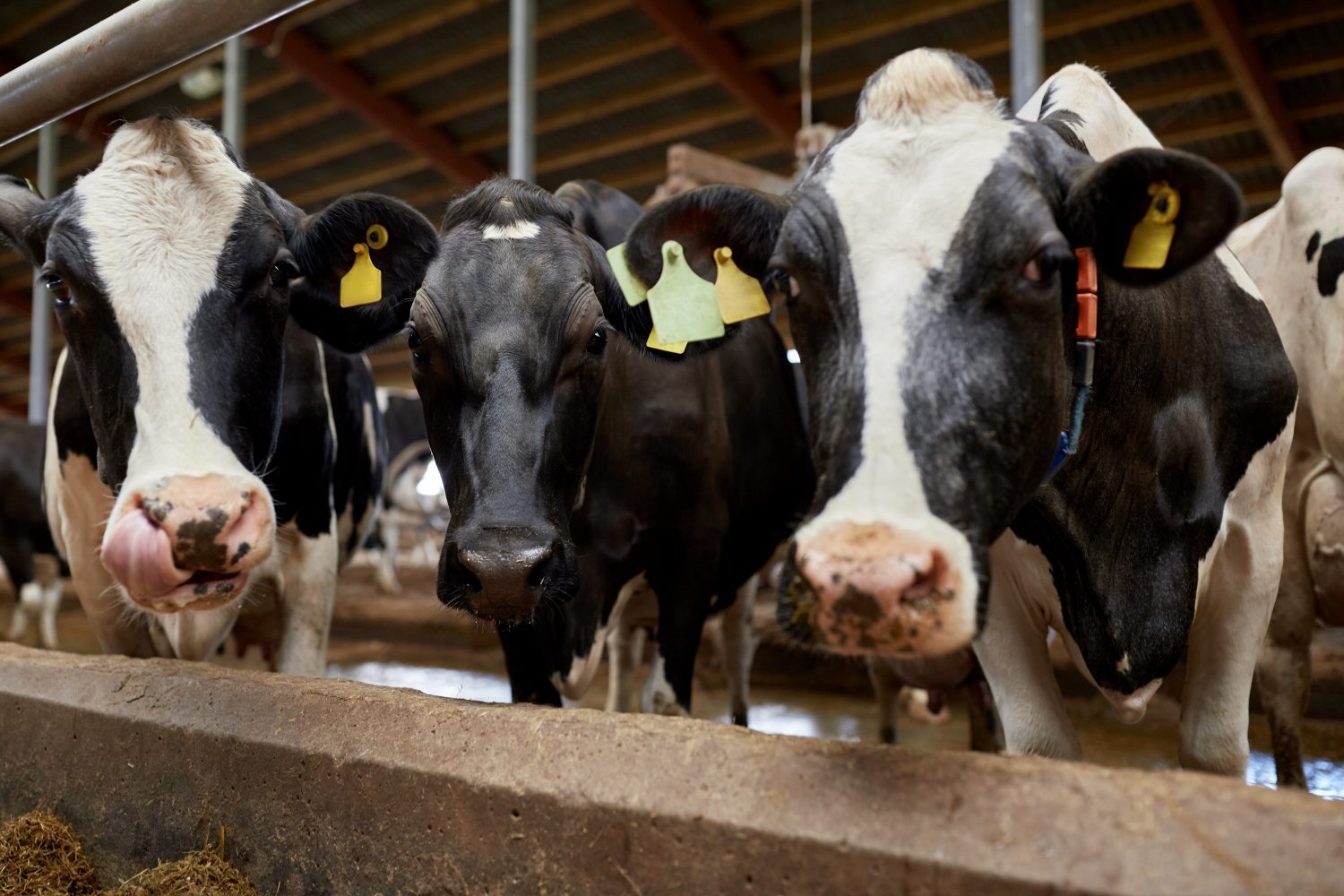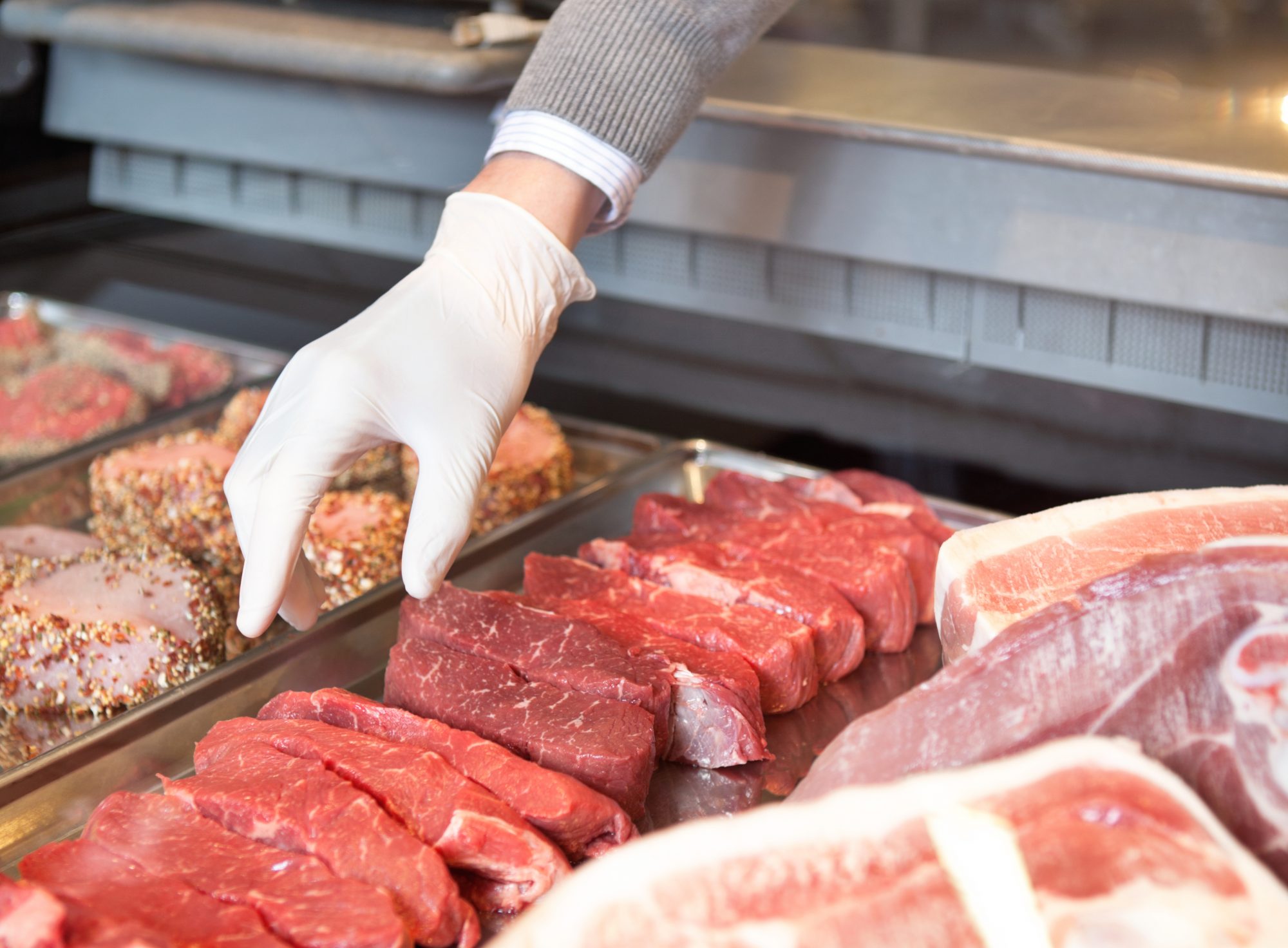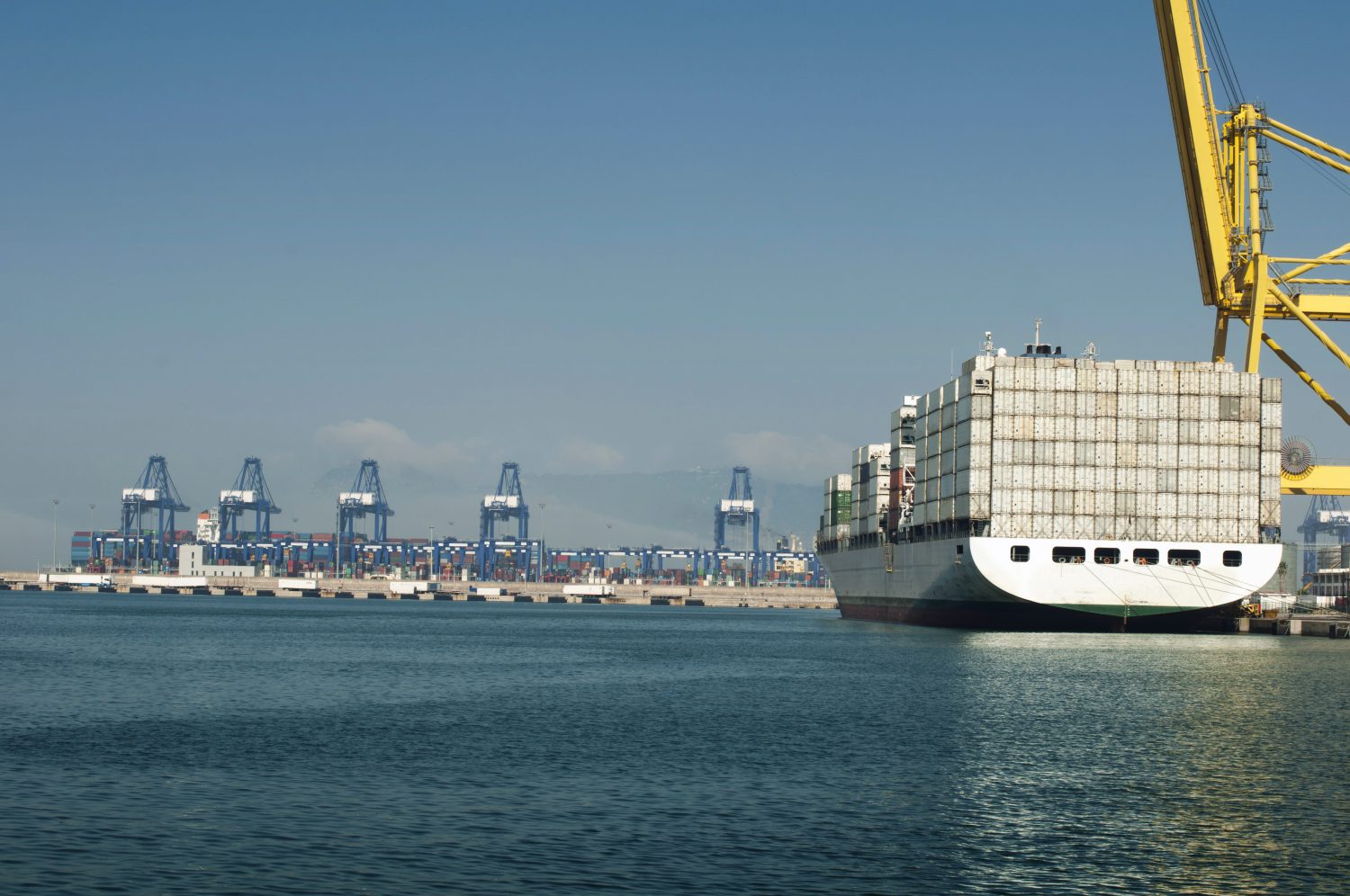fjfnewswp2324234234342017-12-07T17:09:10+00:00
U.S. pork exports remained ahead of last year's record volume pace, and beef exports are poised to break $7 billion this year for only the second time, according to October export results released by USDA and compiled by the U.S. Meat Export Federation (USMEF).
October pork exports were the largest since May, totaling 211,592 metric tons (mt), up 5% from a year ago, valued at $565.4 million, up 8%. Through the first 10 months of the year, pork exports increased 8% in volume (2.005 million mt) and 10% in value ($5.28 billion) from the same period last year.
Exports accounted for 25.4% of total pork production in October (steady with last year) and 21.6% for muscle cuts only (up slightly from a year ago). For January through October, these ratios increased about one percentage point from a year ago, to 26.4% of total production and 22% for muscle cuts. October export value averaged $51.41 per head slaughtered, up 9% from a year ago and the highest since July. Through the first 10 months of the year, per-head export value was $52.64, up 7%.
Pork Exports Rebound to Mexico, Japan
Following a modest slowdown in September, pork exports to leading volume market Mexico regained momentum at 69,529 mt, up 7% from a year ago, valued at $129.8 million (up 13%). Through October, exports to Mexico are well-positioned for a sixth consecutive annual volume record at 655,527 mt (up 14%) valued at $1.24 billion (up 17%).
Mexico is an especially important destination for U.S. hams, and consumption growth in Mexico has been critically supportive of ham prices in this time of record U.S. pork production, explained USMEF President and CEO Dan Halstrom.
"Although ham prices are currently below last year's level, they have been up an average of 2 percent in 2017 and predictions of ham prices plummeting have not come true," he said. "Strong demand in Mexico is absolutely a key reason for this. USMEF has focused on expanding per-capita pork consumption in Mexico, which is up by about one-third in the past 10 years. This has helped make Mexico an even more critical and more reliable trading partner for the U.S. pork industry.â€
Exports to leading value market Japan also trended upward in October, increasing 5% from a year ago in both volume (32,475 mt) and value ($134.5 million). January-October exports to Japan were 322,422 mt (up 1%) valued at $1.33 billion (up 3%). This included 176,609 mt of chilled pork valued at $834 million, down 2% in volume but 2% higher in value than a year ago.
Record Month for South America
Led by Colombia and Chile, October pork exports to South America reached a record 12,624 mt (up 31% from a year ago) valued at $32.3 million (up 29%). Through October, exports to South America were 78% ahead of last year's pace in both volume (85,175 mt) and value ($218.8 million), already surpassing the previous records set in 2014. Export volumes to Colombia and Chile have also exceeded previous highs reached in 2014 and 2013, respectively.
Other January-October Results for U.S. Pork Exports
Having gained further momentum in October, exports to South Korea have already exceeded their full-year 2016 totals in both volume (136,041 mt) and value ($372.7 million). Compared to the first 10 months of last year, exports were up 27% and 30%, respectively.
Led by mainstay markets Honduras and Guatemala, exports to Central America are on a record pace, totaling 56,906 mt (up 7% year-over-year) valued at $138.4 million (up 9%). Exports also increased substantially to El Salvador and Nicaragua, and edged slightly higher to Costa Rica.
Exports are also on a record pace to the Dominican Republic – up 26% year-over-year in volume (26,476 mt) and 32% in value ($60.6 million).
Despite trending lower in October, pork exports to the ASEAN region were still 16% ahead of last year's pace in volume (39,910 mt) and 31% higher in value ($109.2 million), led by strong performances in the Philippines, Singapore and Vietnam.
October exports to China/Hong Kong were below last year's volume but steady in value, reflecting the upward trajectory of China's domestic pork production. Through October, exports to the region dropped 8% from a year ago in volume (413,032 mt) but were just 1% lower in value ($872.8 million) as continued strong demand for variety meat largely offset the slowdown in muscle cut exports.
Complete January-October export results for U.S. pork, beef, and lamb are available from USMEF's statistics web page.
Monthly charts for U.S. pork and beef exports are also available online.

